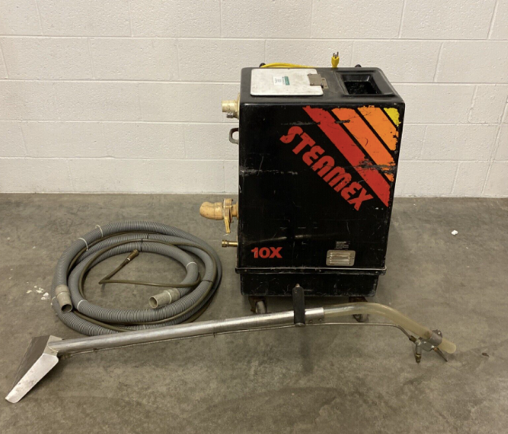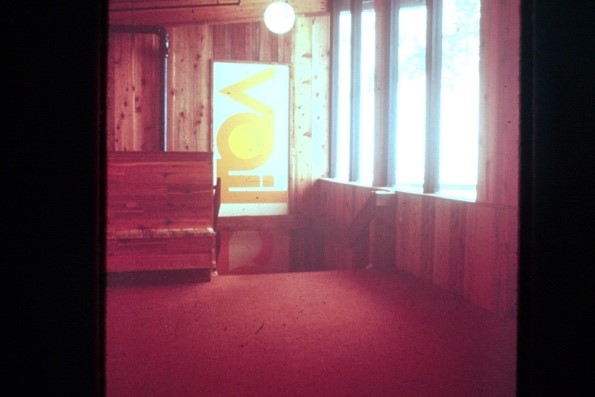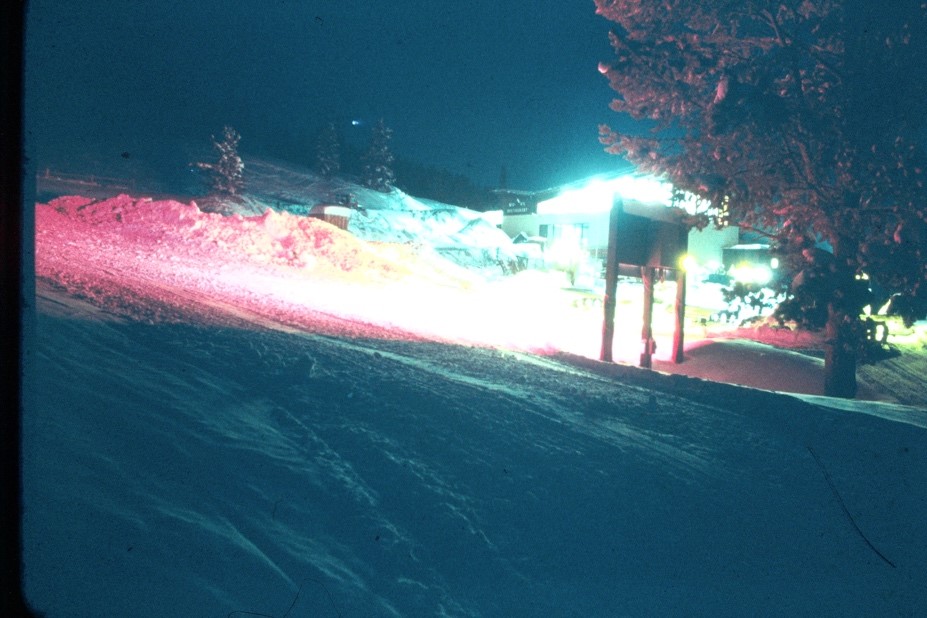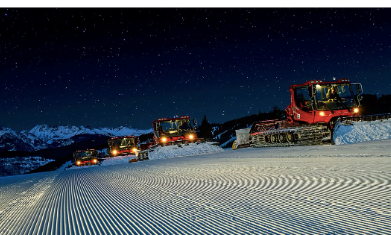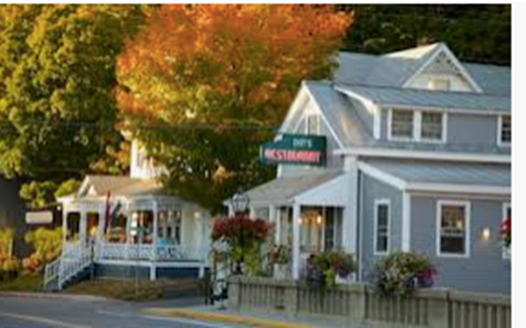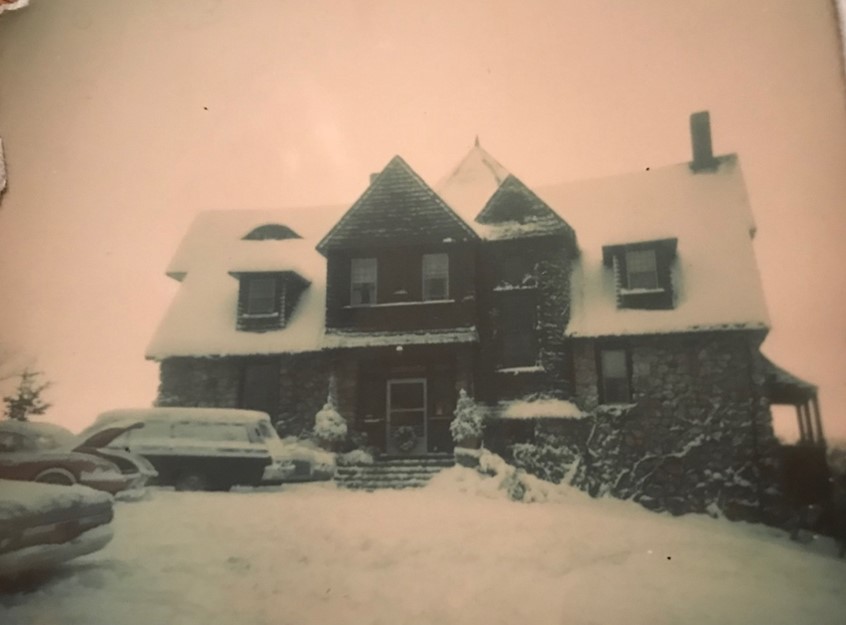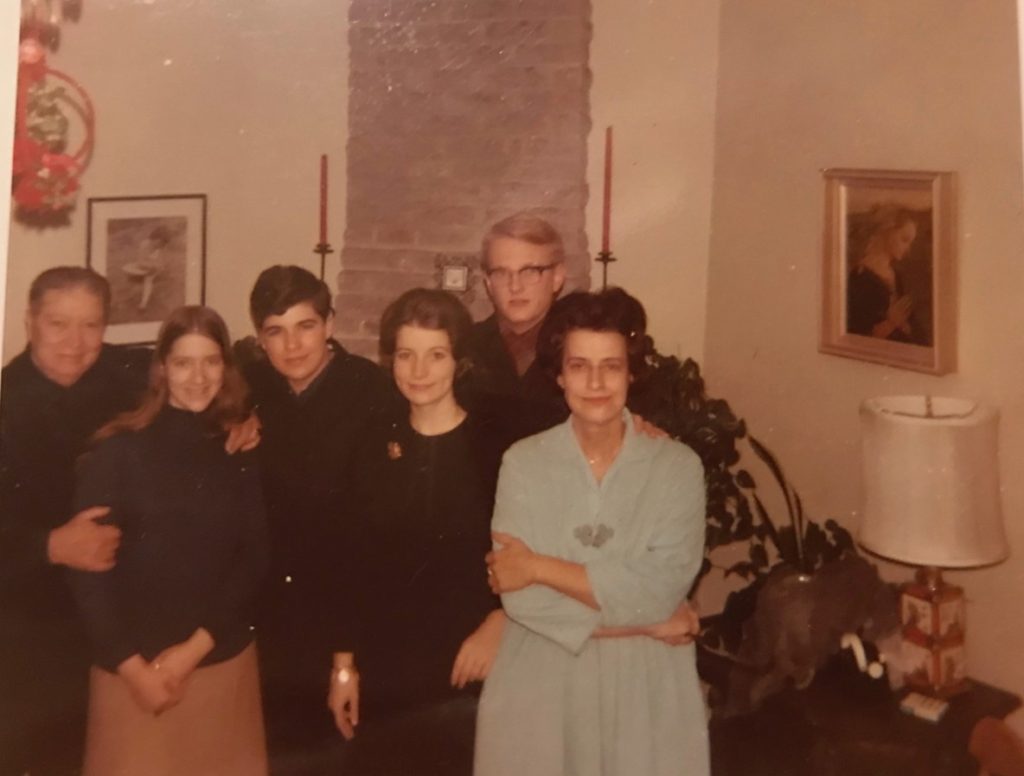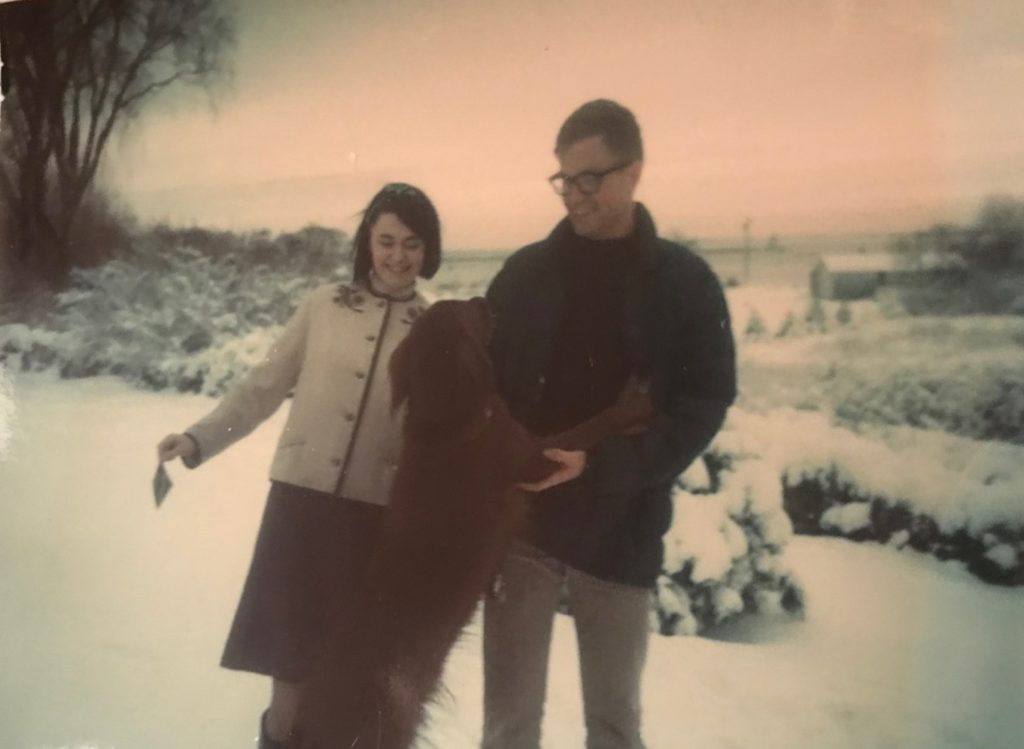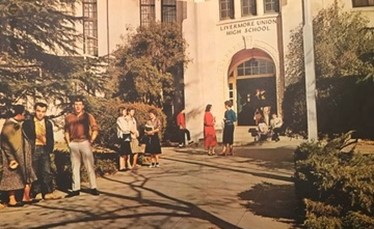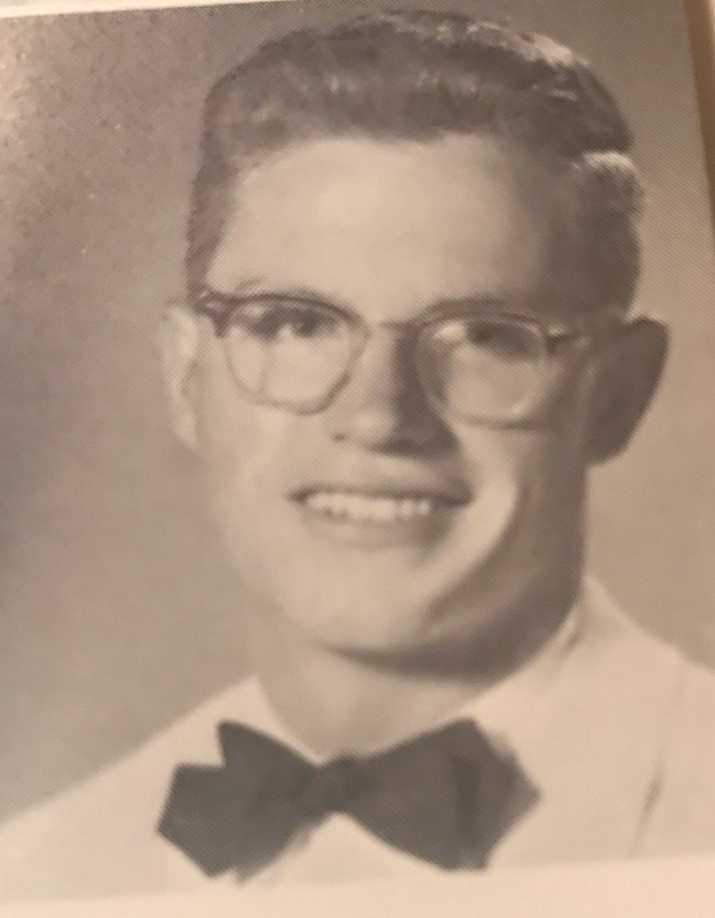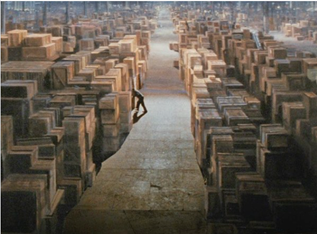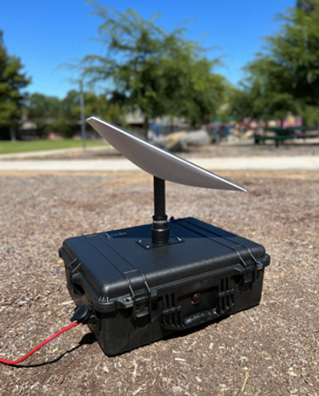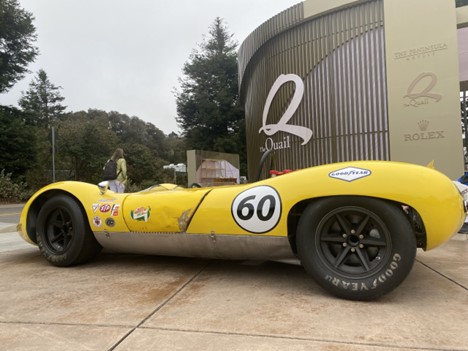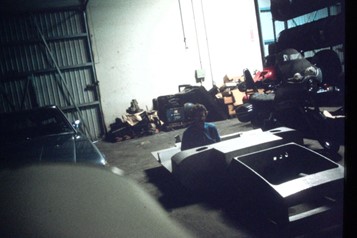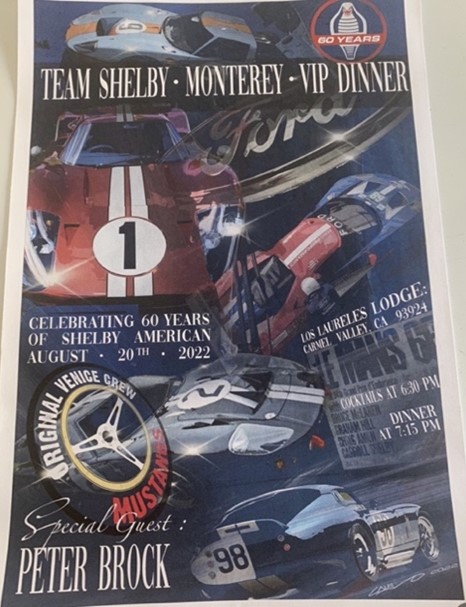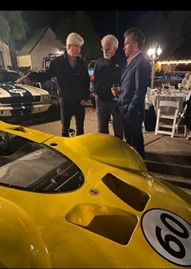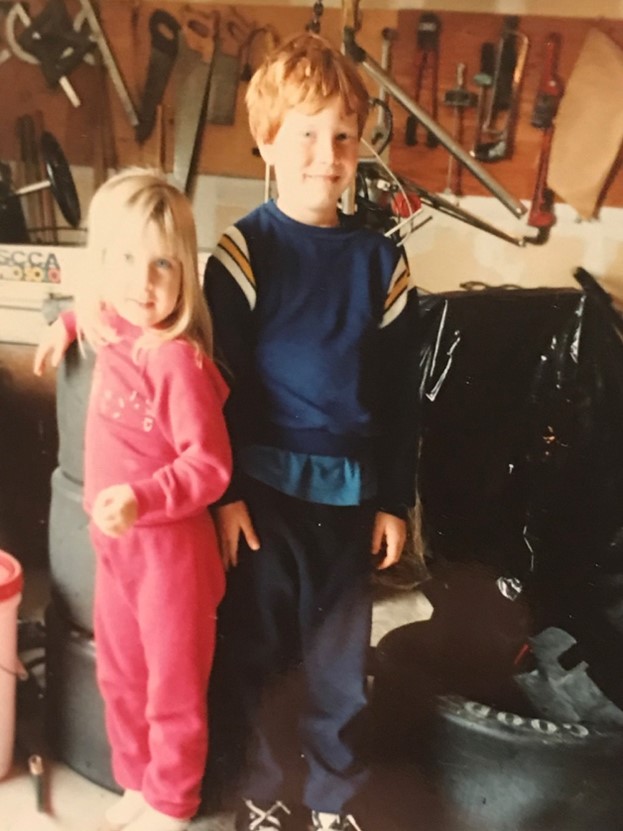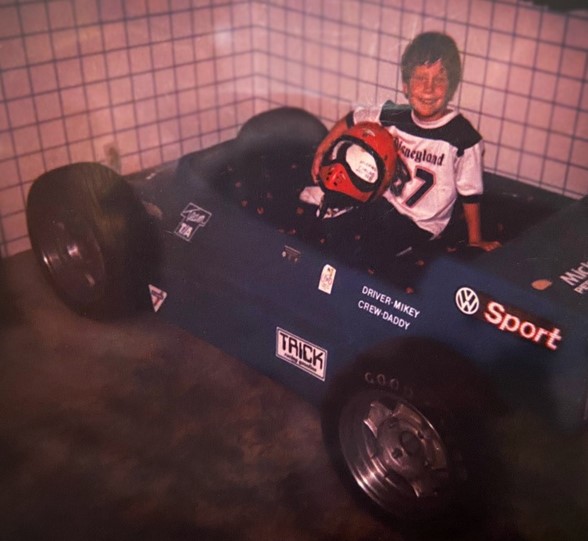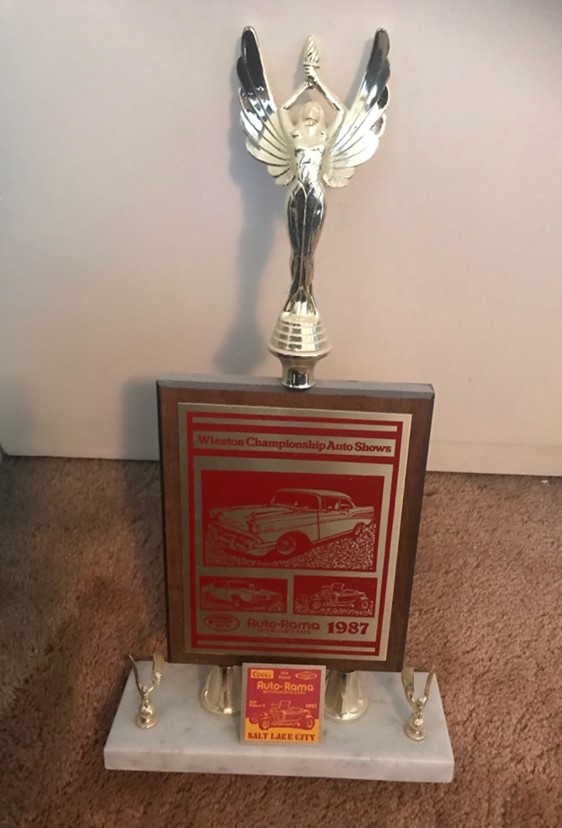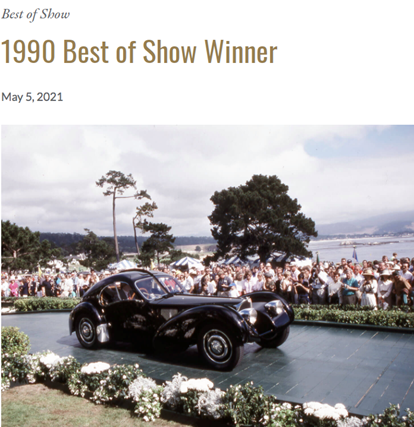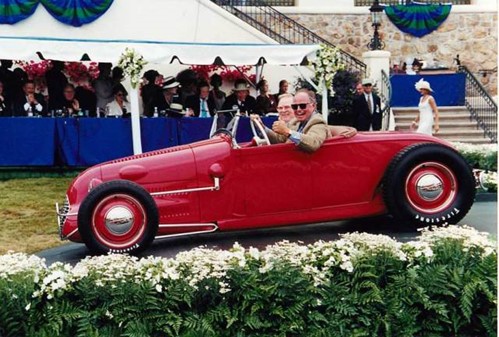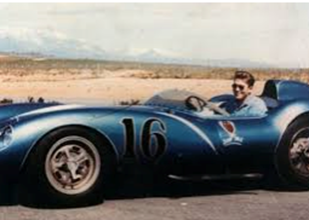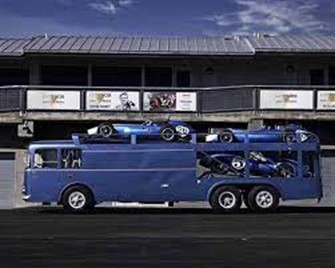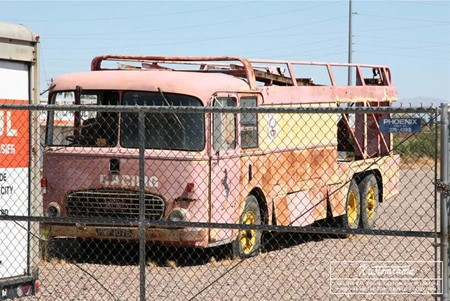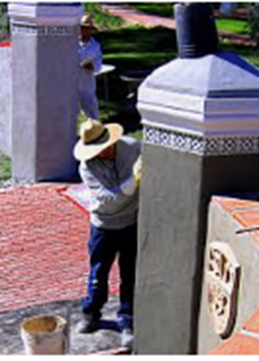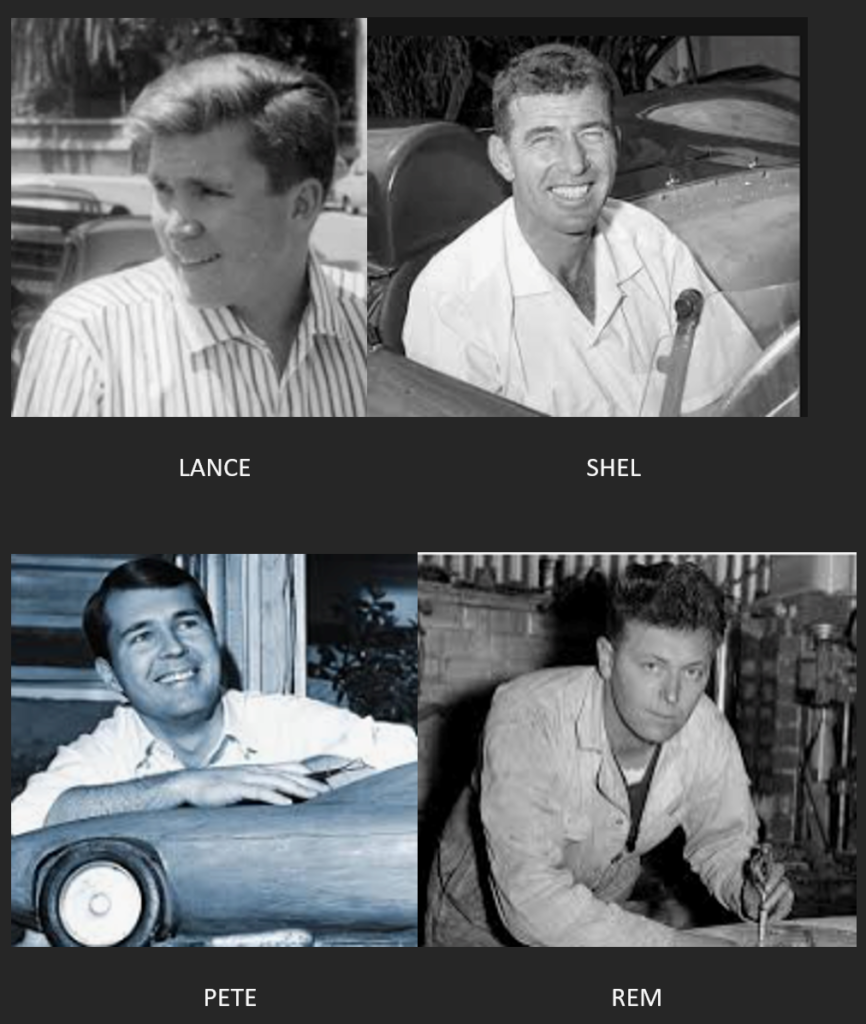We all remember Bob Lutz, “MAXIMUM BOB” from back in the day. Marine fighter pilot, senior executive at Ford (Explorer), Chrysler (Viper), BMW, GM (where he was Vice Chairman) and a few others … guy’s been around. For a great interview read this one in Car and Driver.
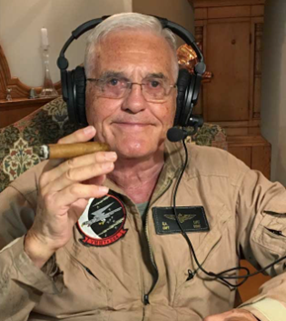
When I heard GM’s Cadillac Division was thinking of sponsoring an Andretti Racing team in F-1, MAXIMUM BOB, now in his 90s came immediately to mind.
Take it, Bob: “If it wasn’t for Escalade, Cadillac as a brand would cease to exist.” Hmm, anything else Bob? “F-1 in the U.S. is a total waste of time.” Certainly no sugar coating here.
In 2022, Cadillac sold 130,000 vehicles, of which 40,250 were Escalades. The remaining 90,000 were split among Caddy’s 22(!) other nameplates, sub nameplates, and variants. Almost all sales were in the U.S., where Escalade commands 55% of the “Luxury SUV” market. Jeep Grand Wagoneer and Lincoln Navigator are a distant second & third.
Investing a load of cash into F-1 to promote the Escalade, which is based on the Chevy Tahoe/ Suburban, which in turn share as many parts as possible with the Chevy pickup seems kinda dishonest.

The Escalade is a favorite of sexual entrepreneurs, freelance pharmacists, and gangsta rappers who ride around in bullet proof ‘Lades. For a nice tour go to https://inkasarmored.com/armored-cadillac-escalade/.
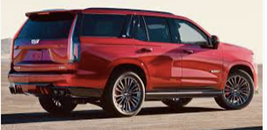
Let’s take a look to see why ‘Lades are such a hit with the aforementioned gangsta/pharm /entrepreneur set. A fully loaded Escalade can sell for as much as $150,000. Add about 100K for the armor package and you have a quarter mil. Options include tack dispensers, oil slick sprayers, and of course a smoke screen. Brembo brakes, superchargers, run flat tires, gun ports, whatever you want. Air freight of in-stock units is available for those who need their armored ‘Lade NOW!
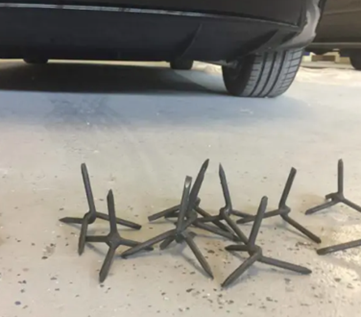
Rugged, flashy but not too flashy, lots of interior space, and kind of an aura of its own. “I’m somebody!” Bob Lutz would describe that as “Command Presence” … which apparently Bob’s Marine Corp drill instructor had in spades.
Unbeknownst to yours truly, until this very minute, most Escalade buyers follow the F-1 circus, and are likely to base their purchasing decisions on who is leading in championship points. Whoda thunk?

But surely there must be a possibility of some technical transfer from the race cars to the passenger cars. How’s this for a plan? Let’s use the Honda F-1 engine as a power source. Chevy uses the Ilmore Engineering motor (rebranded as a Chevrolet) in Indy Car, where Ilmore and Honda are the only two engine suppliers. No reason why they couldn’t rebrand a Honda as a Chevy in F-1. Avoids all that technical development an’ stuff.
Meanwhile, Caddy is racing in the Hybrid series using the Dallara chassis and calling it their own, so that would be a natural choice for an F-1 car. Dallara has been providing the chassis for the American Haas F-1 team, which, in spite, of using a Ferrari “customer motor” has been a consistent back marker.

Not much chance for “technology transfer” here, except in our exciting commercials.
To address Bob’s other point, “F-1 in the U.S. is a total waste of time.” There are still many who remember the 2005 F-1 race at Indy. Tony George spent big bucks to construct a road course that used the infield and part of turn 4 to create a road race inside the storied oval. At the entrance to the front straight, the cars pull a 4 G turn at over 200 MPH. No other F-1 track even came close to those demands.
There were 14 cars on Michelins (French), which at the time was the world’s largest tire manufacturer, and 6 cars–including Ferrari (Italian)–on Bridgestone. The day before the race, it was discovered the Michelin tires were coming apart after about 10 laps.
The simple solution would have been to put everyone on Bridgestone. “You Michelin (French) guys just swallow your pride and do better next time.” Instead, all the old jealousies, rivalries, and national hubris came flooding in. England vs France vs Italy vs Germany. “I’m not giving an inch unless you do. Well then neither will I.”
Much arm-waving and many transatlantic phone calls later, it was decided to let the Michelin cars make a parade lap on race day. Then, the drivers would pull onto pit lane, jump out of their cars into helicopters, and head for the airport and their private jets.
TO HELL WITH THE FANS who’d spent big bucks to see “The race of a lifetime” and their F-1 heroes. On race day, when the people realized what had been done to them, they stormed the ticket office and Indiana Troopers had to be called to prevent mayhem. Some fans went back and began throwing bottles and cans onto the track. Boos drowned out the engine noise of the 6-car “race.”
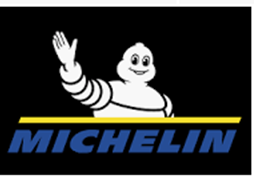
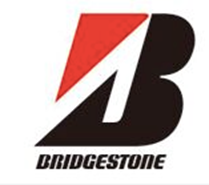
Michelin did offer to reimburse the ticket purchases, but what about the air fare, hotel, food and other expenses for the whole family? TOUGH SHIT, YOU COLONIALS! WE’RE PAID IN ADVANCE.
Tony George’s attempt to bring European Style and Class to the Midwest fell flat, and none of those sophisticated EUROS could care less. After a couple of days, Tony issued a statement that said it’d be a cold day in Hell before F-1 ever set foot in Indiana again (that’s not an exact transcription).
GM’s attempt to bring F-1 Style and Class to Detroit, on the shoulders of their most stylish and classy nameplate, will probably prove MAXIMUM BOB’s prediction correct, “A waste of time”–and money.
Until next time, thanks for listening.
Duane

